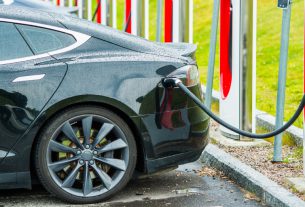With stock markets having had their quickest correction ever last week, and continuing middling performance that is only being boosted by central bank liquidity, many Americans are wondering what the future holds for the US economy. Many investors have lost 10% or more of their investment assets, and we haven’t even really entered a true bear market. Unemployment is still low, and we haven’t even begun to feel the effects of the coronavirus. So what will happen when the economy really tanks?
We have to remember that stock markets are always lagging indicators when it comes to determining the health of an economy. Remember that stock markets peaked in October 2007, and real weakness didn’t occur until September 2008, when multi-hundred point drops became the norm. But by that point the economy was already in recession, with the recession officially dated as beginning in December 2007.
This time around it will likely be the same story. By the time stock markets bottom out, which could be below 15,000 points, or even below 10,000 points, the economy will be well in the middle of a full-blown recession. The effects of China’s factory shutdown will gradually begun to be felt by businesses in the US, and the spread of the coronavirus in the US will annihilate foot traffic in malls and to most stores. Expect online commerce to boom as Americans stay in and seek to avoid human contact. But also expect many businesses to suffer as their employees contract the virus, or if governments force individuals or even entire regions to quarantine.
What we’ve seen from stock markets so far is only the tip of the iceberg. There’s a great deal more pain and suffering that investors will have to endure, and there’s no telling where it will end. All the central bank liquidity in the world won’t be able to stop the popping of this bubble, and those who aren’t prepared for it could find themselves in a worse-off situation than they faced in 2008.
This article was originally posted on Red Tea News.





